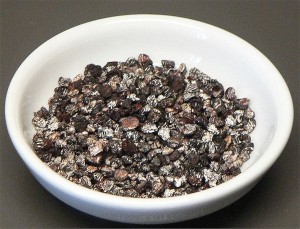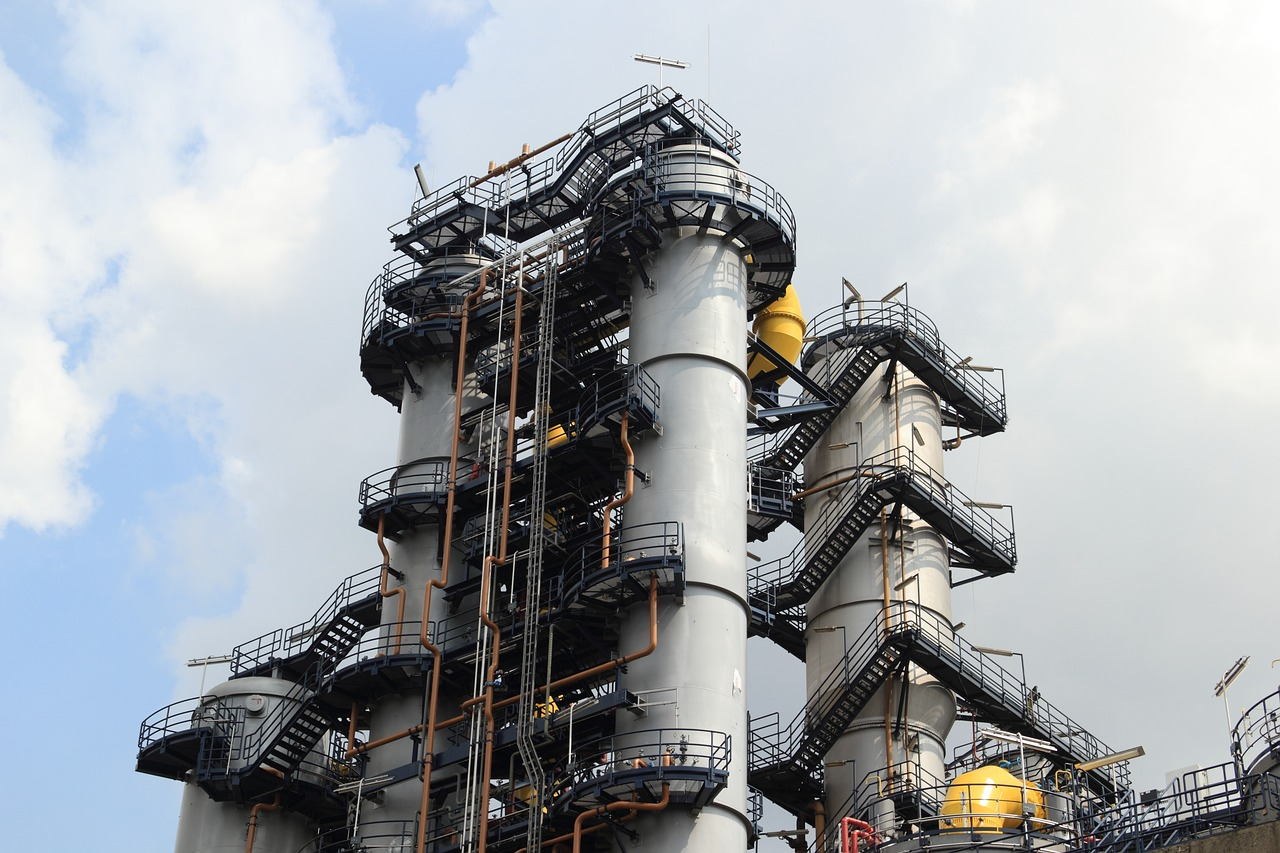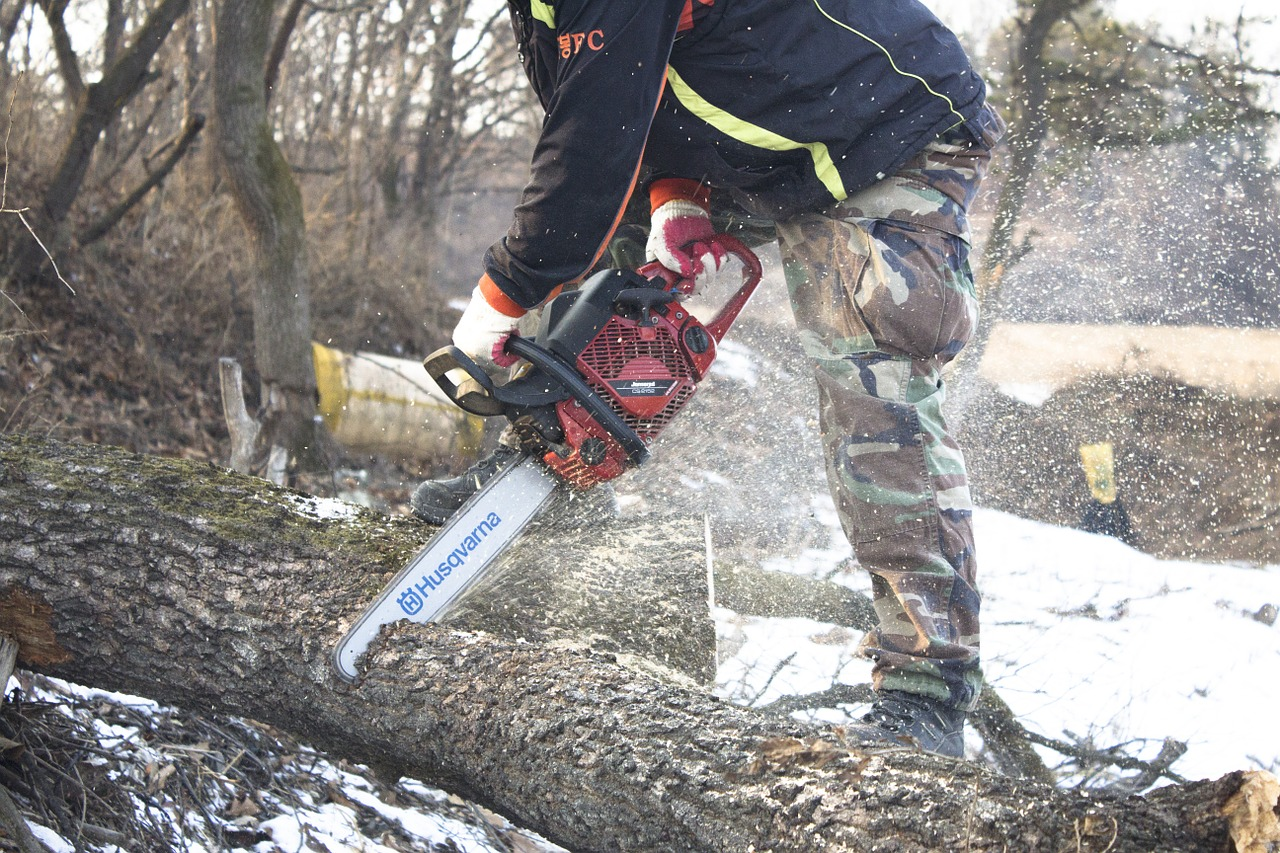
Disturbing things in food, may find their way to your table. This may be best illustrated by examples of colorings and flavorings.
Yum, Bugs!
Enjoying that red fruit drink? It’s nice to know you appreciate the red color of the cochineal insect. It’s used, whether with, or without beet juice. A photograph of the cochineal insect is included with this article. Hey, they remind me of small stink bugs.
Similarly, food-grade shellac is derived from the Lac beetle. It is sometimes used in confectioner’s glaze or resinous glaze. Lac beetles look to me a bit like roaches. Yum!
Ah, Chemicals!

Or maybe you’re especially fond of citrus flavored drinks. Glycerol ester of wood rosin—or sometimes, brominated vegetable oil—are frequent components used to keep citrus oil droplets suspended.
Then, there is antifreeze—chemically, glycols. Among other foods containing propylene glycol are salad dressings, soft drinks, and fat-free ice cream. It is used as a humectant, an antibacterial, and an emulsifier. Sweet!
Even Better Things in Food: Wood!

Do you enjoy, as termites do, the inclusion of wood in your diet? Granted, it is purified and processed, and its name is changed to cellulose. You may be surprised to know that for at least some of us, it is a common ingredient on the table.
Some things in food are closer to natural sources, you’ll be happy to know—bacteria. Did I say you’d be happy to know? Some other time, we’ll talk about the fly wings, mouse hairs, and feces (a.k.a. poop) in your breakfast cereal.
Note: You might also enjoy Chemicals to Peel Tomatoes?
References:

Yes and those cochineal insects were originally a closely guarded business secret until, I think, the invention of the microscope!
Thank you so much for this very informative post. For me, different chemicals such as emulsifiers or aromatizers are the most disturbing things.